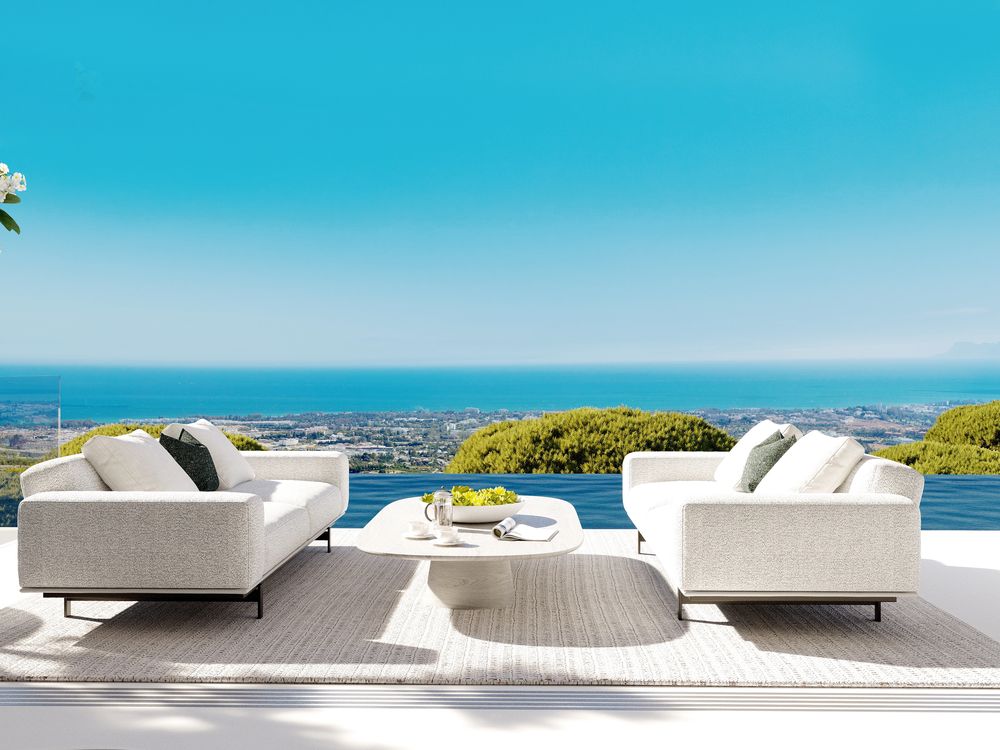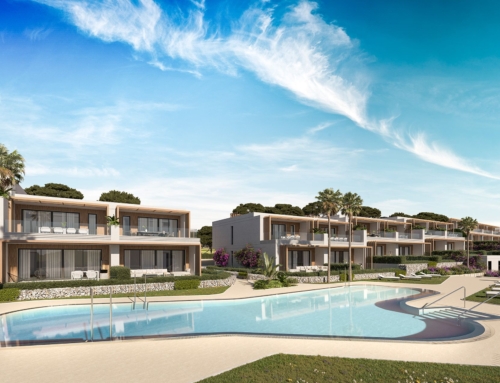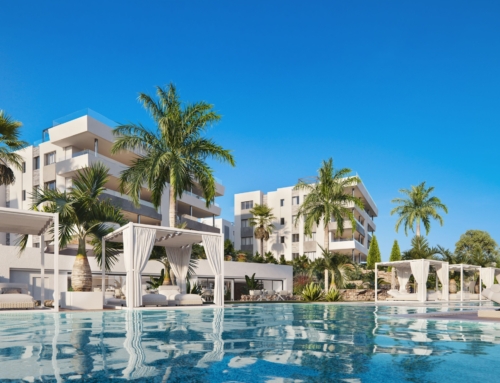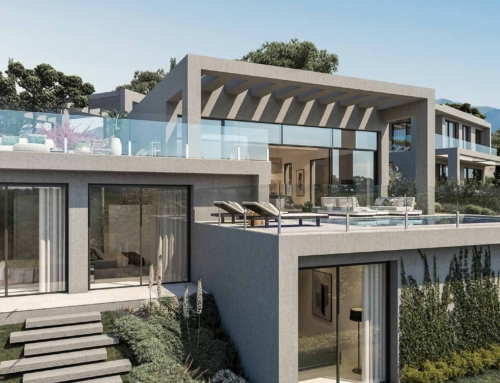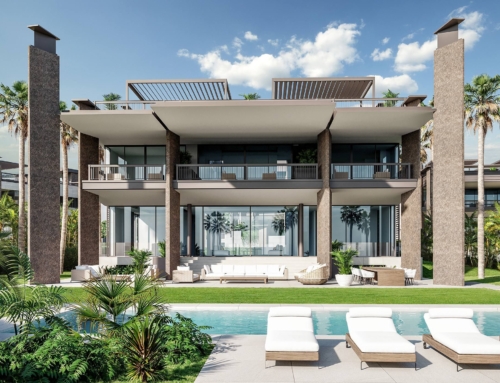Picturesque landscapes, delicious cuisine, impressive architecture and a climate you can only dream of. Andalusia is undoubtedly a unique region full of diverse attractions. Although many of us associate it only with summer holidays, the number of foreigners who decide to move to the sunny south of Spain is constantly growing. Is it worth making this region your place to live? The answer is very simple: definitely yes! The unique atmosphere of Andalusia and its eclecticism captivate more and more people. And there are at least several reasons for this.
The climate is pleasant all year round
The Andalusian climate is undoubtedly a magnet for people who miss high temperatures. It is not in vain that the Costa del Sol, with its capital Malaga, is called the “Costa del Sol”: there are more than… 320 days of sunshine a year. Summers are usually hot, humid, dry and almost clear. The temperature throughout the year ranges between 8°C and 31°C. Heat lovers will surely find their place there. And they will want to stay as long as possible.
Unique kitchen
Spanish cuisine, and therefore Andalusian, is all about tapas. These small snacks, which are usually served along with drinks in local bars, can consist of simple accessories – such as olives or bread – or quite exquisite dishes. It is not in vain that almost everyone has fallen in love with tapas and their popularity. Due to the climate, which is unfavorable for dishes that are difficult to digest, fish and seafood predominate on Andalusian tables, the quality of which will delight many fans of typical Mediterranean cuisine.
The menu of most restaurants also includes specialties such as cured hams such as Serrano ham, refreshing gazpacho, cold almond ajoblanco or rich and aromatic paella. Nor can we forget one of the greatest treasures of Andalusia, olive oil. In the region, considered the largest producer of “liquid gold”, up to 220 million olive trees are cultivated! Let your menu be complemented by juicy oranges, which here taste like nowhere else in the world. On the Costa del Sol we can enjoy the aroma of orange blossoms in bloom until the end of autumn, visible in almost every corner.
Flamenco
The homeland of this unique cultural phenomenon is Andalusia. Because although it is customary to perceive flamenco mainly as a sensual and highly emotional dance, it is inextricably linked to music, singing, characteristic costumes and specific gestures. Flamenco comes from the folklore of the Andalusian gypsies, who were enthusiastically inspired by Jewish and Arab traditions. While listening to these soulful songs, you can find references to music from Greece, Morocco, Egypt and even India and Pakistan. The sounds of the guitar, synonymous with flamenco, are heard literally everywhere in Andalusia: they resonate not only on the radio, but also in cafes, restaurants and on the streets.
Fabulous beaches
Andalusia, and especially the Costa del Sol, is famous for its crystal-clear pools, popular with residents and tourists, as well as for the most beautiful beaches in Spain. The most famous beaches of the “Costa del Sol” include: Playa de Bolonia in Tarifa, Playa Burriana and Playa de Maro in Nerja and Playa la Malagueta in Malaga. The Costa del Sol is very popular not only among those who enjoy carefree lounging on the hot sand, but also among fans of water sports such as windsurfing, kitesurfing and diving.
Unique monuments and architecture
Lovers of visiting unique monuments and admiring Arab architecture will surely love this region. The dominant architectural style in Andalusia is Mudejar, which dates back to the time of Arab rule. It is a kind of hybrid of Islamic and Christian elements (Romanesque and Gothic). It is distinguished by its richness in ornaments, which were made imitating embroidered or woven curtains. However, you will also find baroque and Renaissance buildings here. The most famous monuments include the fortified Alhambra palace complex in Granada, the mosque of Córdoba, the cathedral of Seville and the ruins of the Roman Theater from the 1st century BC. located in Malaga.
Multicultural heritage
The Andalusian phenomenon lies in its distinctive character, resulting, among other things, from its multicultural character. Over the centuries, this area was ruled by various nations, whose influence is still visible today. In the past it was inhabited by, among others, Phoenicians, Greeks, Romans and Arabs. Modern residents are open, tolerant and friendly to visitors from other parts of the world. All this makes Andalusia seem like a true paradise on Earth.
